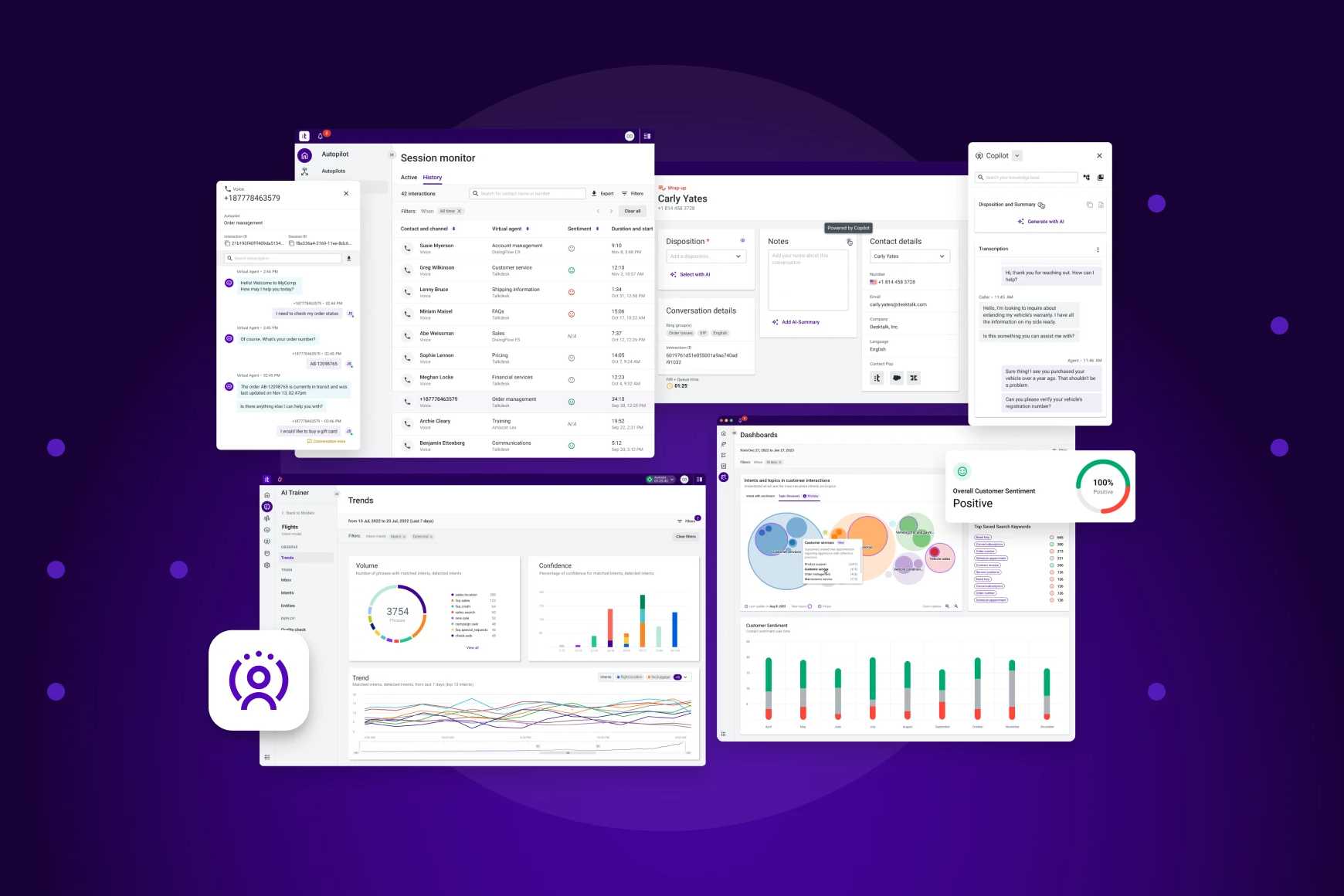Artificial Intelligence
AI and flattening the curve for contact centers in a time of crisis

By Miguel Caetano
0 min read

2020 began with the disturbing news that has touched many lives around the globe. Since January 2020, the coronavirus (COVID-19) has spread all over the world and affected many families as well as several segments and businesses.
To slow the spread and help healthcare providers, public health specialists have recommended social distancing and self-isolation. As a response to this call, public schools have closed, universities and colleges have moved to online education, major events, conferences and shows canceled, major league sports have paused and restaurants and shops have also started to limit operations.
This phenomenon is referred to as flattening the curve, designed to reduce the spread of the virus, slow the progress, lower its maximum reach and impact on public health. This improves the healthcare system’s capacity to handle patients. The following image explains such an idea. While the long-term goal is to stop the virus, right now we need to slow it down before we can contain it for good.

Flattening the curve for contact centers
When a crisis happens, contact centers must deal with several issues such as employee anxiety and stress, an increase in the number of calls, issues with productivity and employee distraction. The challenge is to address these pain points when customers need them the most: in a time of crisis. They need to cope with the situation and take proper action while complying with the CDC guidelines in order to flatten the curve.
The following image illustrates this notion. When a contact center cannot handle calls, chats and interactions, the Abandonment Rate goes up. Customers may face longer Average Speed of Answer times (ASA) and many of them will simply give up. When a contact center acts properly, the maximum number of total interactions is below the maximum capacity of the contact center. Area (1) illustrates this situation. When a contact center handles all interactions properly, it can address urgent issues and address many customer inquiries without expending live-agent resources by identifying non-urgent matters that can be temporarily set aside. Area (2) represents these types of calls.

A contact center that maintains workload below installed capacity protects its workforce from harmful levels of anxiety and stress, prevents spikes in Abandonment Rate and ASA, and delivers an optimum customer experience (CX). To achieve this objective, contact centers can reduce pressure on agents by utilizing Artificial Intelligence (AI) to handle common customer issues, distributing interactions over time and extending capacity. For these axes of action, a solid contact center infrastructure that leverages AI capabilities is key. In part 2, we will discuss each AI element and how they can help flatten the contact center curve in a time of crisis.
To learn more on how AI can flatten the contact center curve, click below to register for the webinar:

WEBINAR
4 Ways AI Can Flatten The Contact Center Curve and Enable Business Continuity







